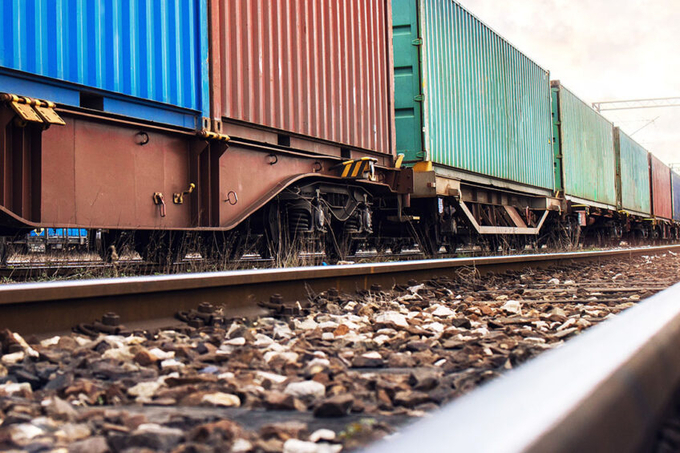November 28, 2025 | 05:02 GMT +7
November 28, 2025 | 05:02 GMT +7
Hotline: 0913.378.918
November 28, 2025 | 05:02 GMT +7
Hotline: 0913.378.918

Starting from June, Cherkizovo plans to dispatch an average of 3 trains with chicken products to China per month. Photo: aleksandarlittlewolf
Cherkizovo has sent the first batch of 50 tonnes of chicken feet to China in railway refrigerator containers, the company said in a statement on 29 April. This route is expected to become an alternative to sea transportation as the delivery time is reduced from 45 to only 15 days, Cherkizovo stated.
Meanwhile, Russian poultry processors ring the alarm bell as supplies in the opposite direction also rise.
Starting from June, Cherkizovo plans to dispatch, on average, 3 trains with chicken products to China per month, and the number of containers in each should grow from 30 in the first shipment to 41. “So far, these are test shipments, but the company is certainly interested in developing direct rail shipments to China as an alternative to more complex and lengthy logistics using the sea route,” Cherkizovo said, adding that trains allow the company to deliver products directly to its customers.
China is the primary sales market for Cherkizovo. In 2022, the company sold 40,000 tonnes of chicken and turkey products into China. This year, rail delivery should account for roughly 10% of all shipments, the company forecasted.
The company, however, has not disclosed any information about the delivery costs. The export of products by rail to China from European Russia is typically more expensive than supply by sea. It is also associated with logistics constraints in the Trans-Siberian Railways.
On the other hand, Russian poultry farmers express concerns that China to Russia’s poultry export is also on the rise. Sergey Lakhtyukhov, general director of the Russian national union of poultry producers, told the local press that a steady increase in imports from China seems like a “wake-up call” for the industry. He added that if this trend continues, it may drive down prices in the Russian poultry market and negatively impact the industry’s investment attractiveness.
Russian agricultural market analysts share these fears. Leonid Kholod, a local expert, claimed that these concerns, in his opinion, are well founded since the inflow of cheap poultry from China could not just hurt the average profitability in the industry but also spark bankruptcies among Russian poultry farmers. He explained that the situation looks threatening since a share of the farmers in Russia are already on the edge.
(PW)

(VAN) A new study reveals how the simultaneous effects of ocean acidification, salinity and loss of oxygen are making the world more fragile.

(VAN) Hopes are growing that the creation of the first 3D turkey gut model could be a turning point in the battle against the virulent blackhead disease.

(VAN) Tyson, America’s biggest meat supplier, plans to shutter one of its largest beef processing plants as the industry continues to struggle with low cattle supplies and political pressure from Washington.

(VAN) New FAO study shows how digital solutions are empowering farmers and fishers to prevent losses and build resilient agrifood systems.

(VAN) Brazil's COP30 presidency pushed through a compromise climate deal on Saturday that would boost finance for poor nations coping with global warming but that omitted any mention of the fossil fuels driving it.

(VAN) Poultry farmers in the UK have been warned that they could face one of the worst winters yet for bird flu.

(VAN) Prices of main-crop paddy have risen sharply, with jasmine rice hitting 16,100 baht per tonne — the highest level in years.